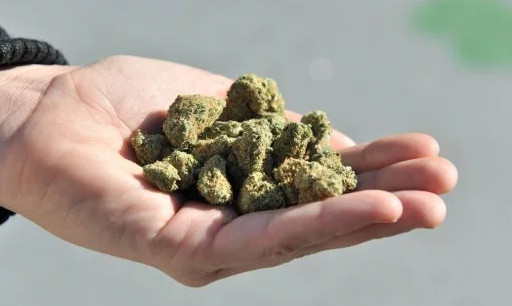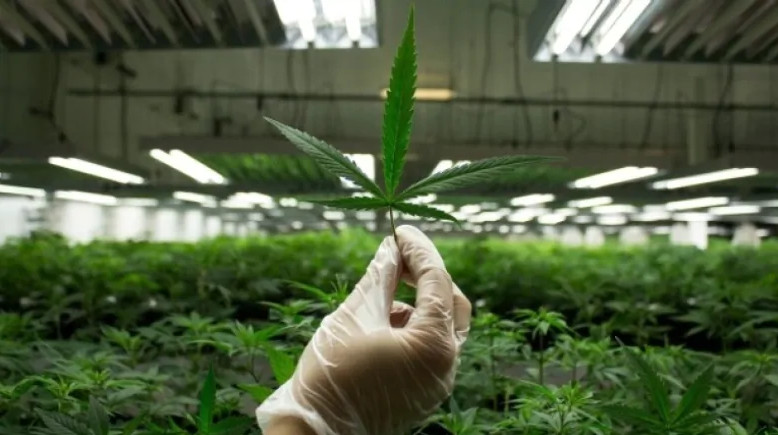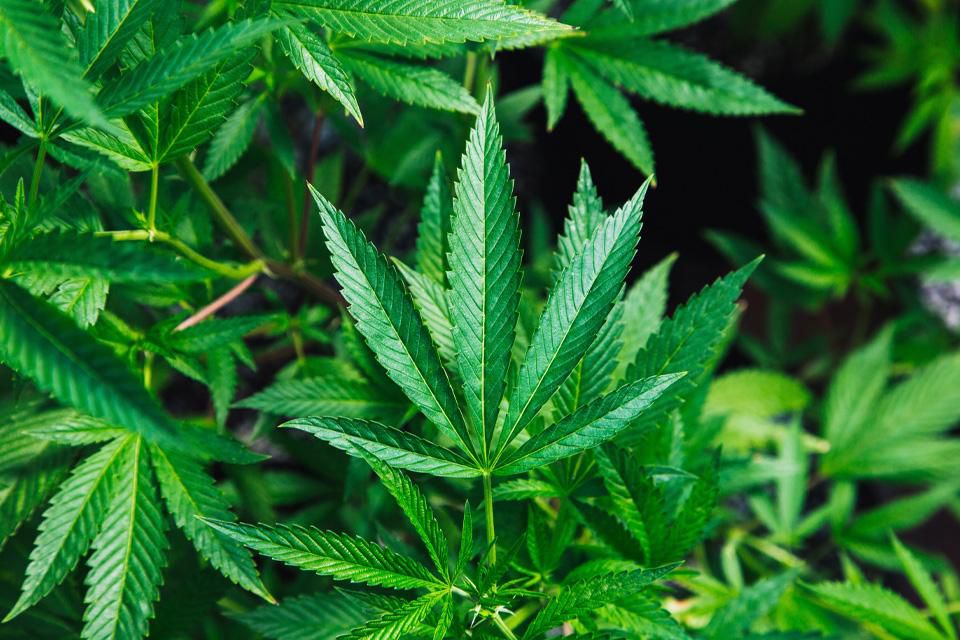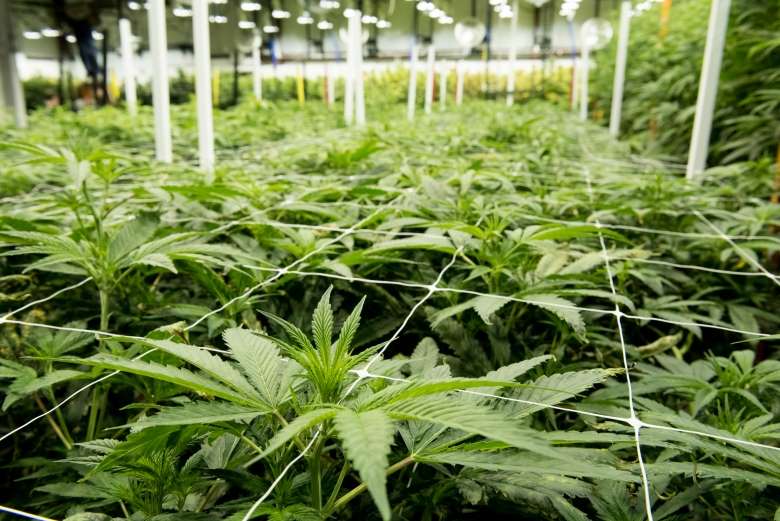According to Yahoo! Finance, medical marijuana is one of the nation’s fastest-growing industries, right up there with construction, financial institutions and cryptocurrencies.
BDS Analytics, a Boulder-based company that provides marijuana market data and analysis, reported a nationwide total of nearly $10 billion in sales. And remember, that data doesn’t include California’s recreational marijuana sales, which didn’t begin until January 2018.
Colorado’s sales alone were nearly $684 million in 2014, nearly $996 million in 2015, over $1.3 billion in 2016 and over $1.5 billion last year, according to the Colorado Department of Revenue. The state tax/license/fee revenue in that span went from nearly $68 million to over $247 million.
Yes, the cannabis business is booming, but it turns out, not everyone can be a winner.
“Helping Settle the Marijuana and Alcohol Debate: Evidence from Scanner Data,” a December 2017 paper by researchers Michele Baggio and Sungoh Kwon at the University of Connecticut and Alberto Chong at Georgia State University, determined that alcohol sales have fallen in the wake of medical and recreational marijuana sales.
The paper used a thorough approach to determine the relationship between alcohol consumption and medical marijuana laws to determine whether the two were complements or substitutes. The study found the latter to be true.
“Our findings clearly show that these two substances act as strong substitutes in the marketplace,” Chong said in a Dec. 12, 2017, press release. “This implies that rather than exacerbating the consequences of alcohol consumption — such as an increase in addiction, car accidents or disease risk — legalizing cannabis may temper them.” (Chong, an economics professor at Georgia State could not be reached for comment.)
The paper also finds that alcohol sales in states with medical marijuana laws (MML) have dropped by a double-digit percentage.
“Counties located in MML states reduced monthly alcohol sales by 13 percent, which is a consistent finding across several empirical specifications. In fact, when we focus our analysis to bordering counties only, we find that those in MML have … a reduction in monthly aggregate alcohol sales of 20 percent, with comparable results for beer and wine. Interestingly, this latter result is larger compared to the main full-sample results.”
The authors looked at more than 2,000 counties in MML states and wanted the data to be as empirical as possible. So they used the Nielsen Retail Scanner alcohol sales data from before and after medical marijuana laws became effective.
“The database contains purchases of products in all categories for grocery, convenience, drug, or mass distribution stores across the United States over the period between 2006 and 2015, including detailed product characteristics, price, and quantities for alcoholic beverages,” the paper states.
Though this paper appears to be the most authoritative and recent on the correlation between alcohol consumption and MML states, there is other evidence that corroborates this trend.
In March 2017, the Cannabiz Consumer Group reported that 27 percent of beer drinkers “said they have already substituted cannabis for beer or would make that switch if marijuana was legal in their state.” The report predicted the beer industry would lose $2 billion in retail sales because of legal marijuana.
In Colorado, the ski-resort city of Aspen has actually seen the sale of marijuana surpass that of alcohol, according to data from the city’s finance department.
And from a Feb. 7 article in The Aspen Times: “Legal-pot purveyors hauled in $11.3 million in revenue last year compared with $10.5 million for liquor stores, marking the first time marijuana sales outpaced booze for the year in Aspen.”
The medical marijuana industry is still young, and recreational cannabis remains very much in its infancy. But all this research indicates how sales are trending. Recreational marijuana is now legal in nine states and the District of Columbia, and at least nine more have ballot possibilities this November. Suffice to say, this isn’t your grandmother’s America, and not just because of cryptocurrencies.
Credit: csindy.com













